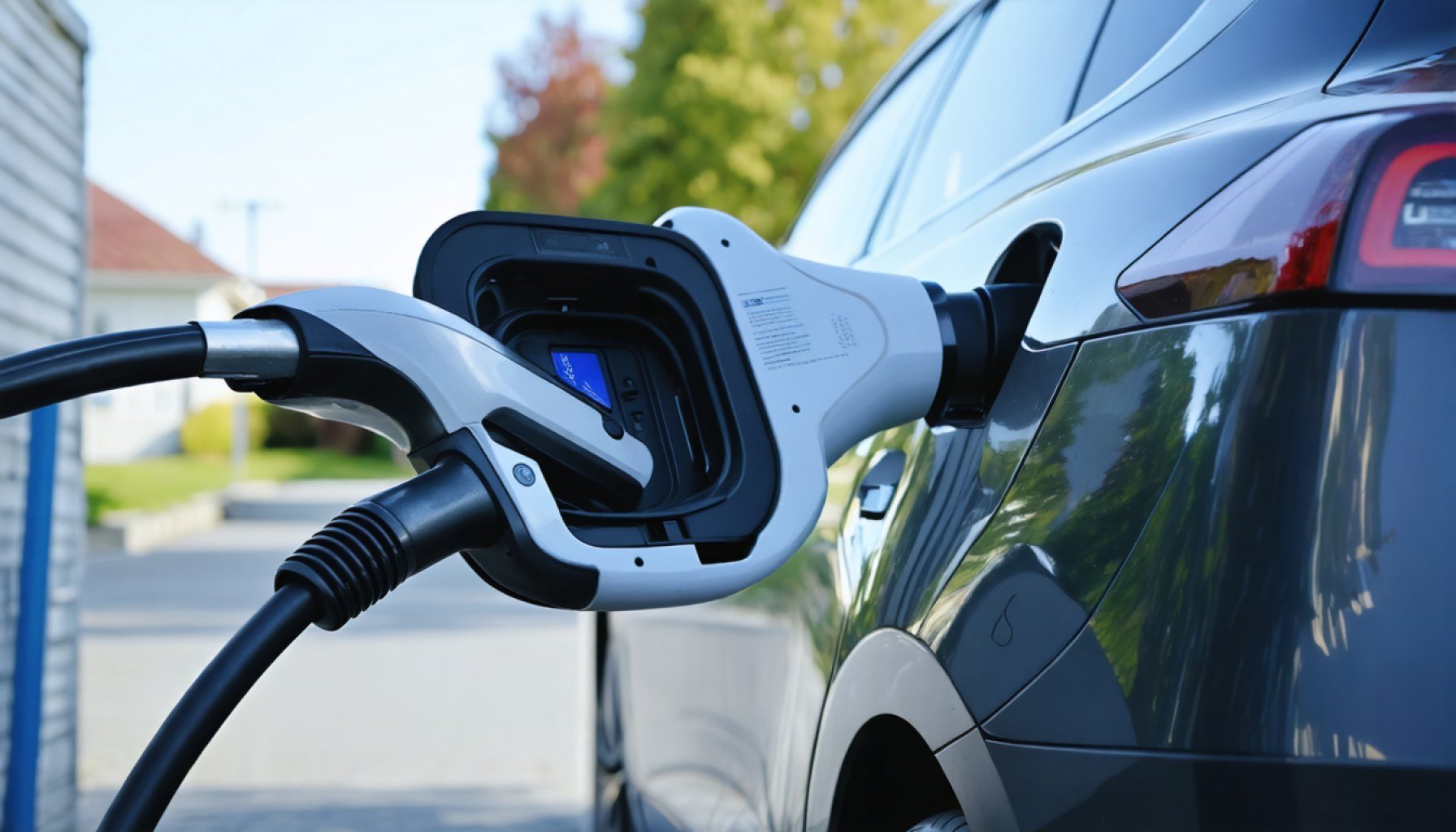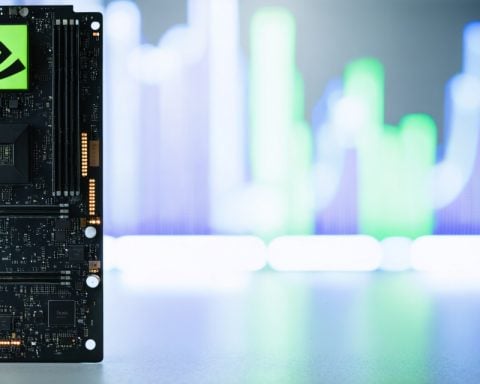- The U.S. electric vehicle (EV) landscape is experiencing growth, fueled by federal initiatives promoting renewable transportation.
- The Trump administration’s plans to dismantle nearly 8,000 federal charging stations threaten progress, leading to significant taxpayer losses for removal and reinvestment in gas vehicles.
- This policy shift risks devaluing the electric fleet and could result in $225 million of depreciation losses.
- Cybersecurity threats to EV chargers are rising, with a 39% increase in hacking attempts, posing risks to the digital infrastructure.
- The future of EV adoption hangs in balance, with fiscal and digital challenges potentially hindering sustainable mobility advancements.
The American electric vehicle landscape has blossomed, but a severe frost looms on the horizon. From busy urban centers to the windswept highways, EVs have powered their way into the heart of national transportation. Miles of asphalt now hum with renewable energy, thanks to a federal push that saw 25,000 electric cars join the government fleet and thousands of charging ports sprout across the land. Just as we hit the accelerator, a shift in gears threatens to roll back these advancements, turning progress into an expensive detour.
The Trump administration aims to dismantle a substantial segment of this EV infrastructure, starting with a crusade against nearly 8,000 federal charging stations. Decommissioning them doesn’t simply flip a switch. It rips a billion-dollar hole in the taxpayer’s pocket—money previously spent on installation now paved over by the cost of removal and a renewed investment in traditional gas vehicles. Imagine paying twice for a highway and never driving down it.
In stark contrast to the intended cost-cutting, an infusion of redundant gas guzzlers will devalue the remaining electric fleet and incur depreciation losses upwards of $225 million. These aren’t just numbers in a ledger. They’re the loose change jingling out of nine-dollar bills plucked from every taxpayer across the nation.
While the government struggles with chain reactions of fiscal decisions, a silent threat lurks in the electric underbelly. EV chargers, crisscrossed with digital pathways, have become prize targets for hackers as cyber mischief rises by 39%. The promise of innovation meets peril, leaving mobility tangled in a web that IT experts race to untangle.
The key takeaway? Electric isn’t just a vision—it’s now a reality under siege, both fiscally and digitally. As policy winds shift, they guide us either towards costs darker than coal or a future as bright as solar reflections on chrome.
The Looming Shadow Over America’s Electric Vehicle Revolution: Solutions and Survival Tips
How-To Steps & Life Hacks for EV Owners
1. Maximize Efficiency: Regularly update your EV software for optimal performance. This can improve battery efficiency and increase your EV’s range.
2. Home Charging Setup: Consider installing a Level 2 charger at home to avoid reliance on potentially removed federal charging infrastructures. Many utility companies offer rebates for home installations.
3. Battery Care: Avoid charging your electric car to 100% unless necessary. Keeping the charge between 20-80% extends battery life significantly.
Real-World Use Cases
– Fleet Management: Many companies have switched to EVs for their fleets, saving substantial fuel and maintenance costs. For example, UPS and FedEx have started transitioning parts of their delivery fleets to electric.
– Urban Transport: Electric buses are becoming a common sight in cities aiming to reduce emissions and improve urban air quality.
Market Forecasts & Industry Trends
– The global EV market is projected to reach approximately $800 billion by 2030, growing at a compound annual growth rate (CAGR) of nearly 22% from 2023 to 2030 (Source: Allied Market Research).
– Trend: The push for renewable energy sources and advancements in battery technology will dominate industry growth.
Reviews & Comparisons
– Tesla vs. Rivian: While Tesla leads with advanced autonomous features, Rivian offers rugged, off-road-ready vehicles ideal for adventure enthusiasts.
– Nissan Leaf vs. Chevy Bolt: Both offer affordability, but the Leaf provides a more comfortable ride while the Bolt offers a longer range on a single charge.
Controversies & Limitations
– Government Policy: Policies can shift dramatically with administration changes, impacting industry growth and consumer confidence.
– Range Anxiety: Despite improvements, the fear of running out of battery before reaching a charger remains a significant consumer barrier.
Features, Specs & Pricing
– Chevy Bolt: Offers a range of 259 miles on a full charge, starting at approximately $31,000.
– Tesla Model 3: Provides a range of up to 353 miles, with prices starting around $39,990.
Security & Sustainability
– Cyber Threats: EV charging stations must integrate robust cybersecurity measures to protect against hacks that could disrupt the service.
– Sustainable Practices: Increasing battery recycling processes to mitigate environmental impacts and reduce the need for rare material mining.
Insights & Predictions
– Battery Advancements: Solid-state batteries are in development and could offer greater energy densities, enhancing range and charging speed.
– Increased Connectivity: More integrated smart technology will make EVs an integral part of the Internet of Things (IoT) ecosystems.
Pros & Cons Overview
Pros:
– Lower fuel and maintenance costs.
– Environmental benefits.
– Quiet and seamless driving experience.
Cons:
– Longer refueling times compared to gas.
– Higher upfront costs.
– Still developing charging infrastructure in rural areas.
Actionable Recommendations
1. Invest in Security: Ensure your charging installations have the latest security protocols to avoid vulnerabilities.
2. Diversify Energy Sources: Use green energy solutions such as solar panels at home to charge your EV, making your investment even more environmentally friendly.
3. Keep Abreast of Policies: Stay informed about government policies which might affect EV incentives and infrastructure changes.
For more details about electric vehicles and related infrastructure, visit the official sites of manufacturers or federal energy departments.












